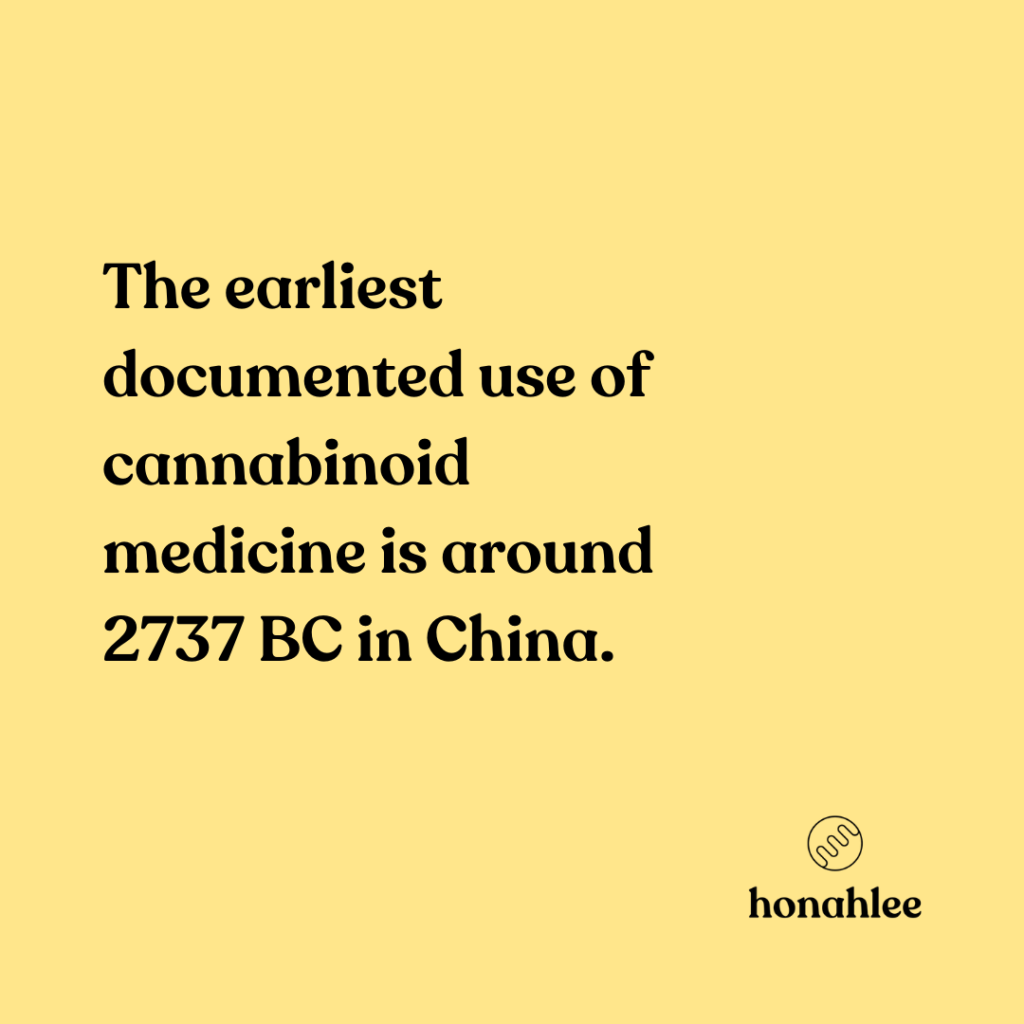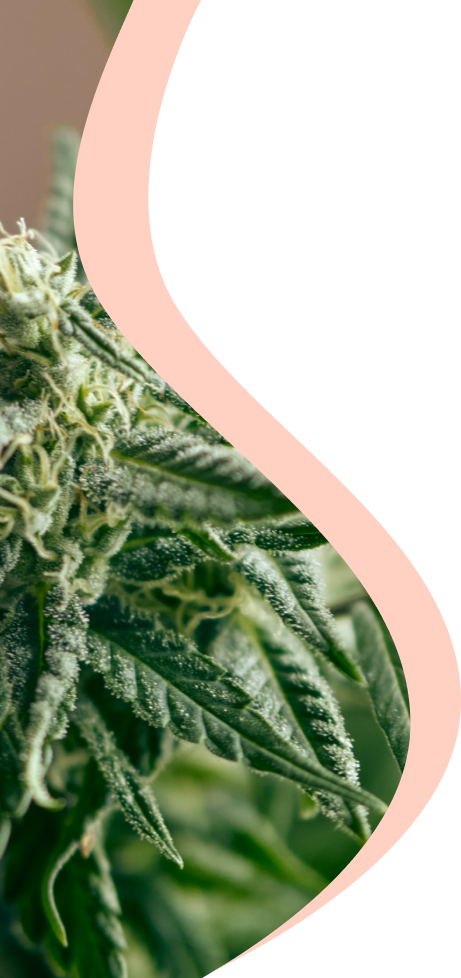Your Guide To CBD Oil
Welcome to the only Australian guide to CBD oil you’ll ever need. This guide is specific to Australia because the cannabis landscape of Australia is vastly different from overseas. While CBD oil is legal over the counter in the USA, Canada, the UK and many other countries, CBD is a scheduled substance in Australia.
Due to regulation, the speed of change and the fact that most information Australians get about CBD is from overseas, it’s hard to know what the truth is. Our guide is CBD oil education specifically for Australians. It should clear up all the questions you have about cannabidiol oil, aka CBD oil in Australia.
CBD oil has significantly influenced the state of the cannabis industry is world-wide. Most people think of smoking marijuana when they hear cannabis. However, CBD is the chemical compound that has gained mainstream popularity for its therapeutic benefits.
CBD oil is one of the primary forms of cannabis changing hundreds of thousands of lives around the world. It’s also one of the most confused and confusing topics related to cannabis.
CBD Oil Education
Our goal is to make sure that, by the time you finish reading this guide, you’ll know almost everything there is to know about CBD. Whether you’re a medical cannabis patient, use cannabis for health and wellness purposes in ACT, or have just heard about CBD from a friend or family member, this CBD guide has helpful, fact-based information.
It’s written so that someone with no cannabis knowledge can get to a point where they are comfortable talking with their doctor or any other cannabis specialist. We’ve broken the guide down into the following sections:
- A brief history of CBD
- What is CBD oil, and how is it made?
- Types of CBD oil and essential terminology
- What science says about CBD
- Benefits and Side effects of CBD oil
- Buying CBD oil in Australia – Coming Soon
Feel free to jump ahead or read the guide to CBD Oil in its entirety. We’re aiming to create the best CBD Oil guide you’ve read. If we’ve missed anything or you still have questions after reading the guide, please comment on the post or ask us a question.
A Brief History of CBD

While we think of cannabis (marijuana) as something that’s only become popular in the past five years or so, cannabis has been used as medicine for centuries. The earliest documented use of cannabinoid medicine is around 2737 BC in China. Emperor Shen Neng found the medical uses for cannabis as well as other plant-based medication like ephedra.
Even back then, the Chinese understood the ‘high’ that came along with too much cannabis. Physicians warned against overuse and ‘seeing devils’. Isn’t it interesting that there are similarities between 2737 BC cannabis and the concerns we have with cannabis today?
In the year 1100 cannabis first treated epilepsy as recorded by an Arabic scholar al-Mayusi. While many other significant cannabis-related events happened in-between, in 1839, William Brooke O’Shaughnessy, an Irish doctor, produced a game-changing report on medical cannabis.
By 1842 he had run numerous studies on patients with different conditions. O’Shaughnessy is often known as the father of modern cannabis medicine (). After this, medical cannabis begins to take off at a more rapid pace. In 1890, Queen Victoria was prescribed medical marijuana to help alleviate menstrual cramps. Other significant milestones in medical cannabis are:
- 1940: the first discovery of an individual cannabinoid, cannabinol (CBN)
- 1942: isolation of the first cannabinoid, cannabidiol (CBD) by American chemist Roger Adams
- 1964: first discovery, and isolation of D9-tetrahydrocannabinol (THC) by Dr Raphael Mechoulam and his colleagues.
- 1985: the FDA (in the USA) approves nabilone and dronabinol, synthetic cannabinoids.
- 1988: Cannabinoid receptors in the brain discovered at St. Louis University.
- 1996: California passed Proposition 215 – making medical cannabis legal.
- 2016: Medical marijuana legalised in Australia
Modern Day Cannabis Medicine

Today, cannabis and cannabinoid oils are being used as medication all over the world. Australia is one of the most highly regulated countries when it comes to accessing medical cannabis. Cannabis is a scheduled drug.
Prescription of cannabis is on an evidence basis. Meaning, if there isn’t scientific evidence or a therapeutic indication behind the treatment, you’re not likely to get a prescription. In Australia, the Therapeutic Goods Administration (TGA) has approved applications for cannabis to treat over 50 diseases or illnesses.
While there isn’t necessarily hard scientific evidence that cannabis treats each ailment, the TGA deems there to be substantial evidence of therapeutic benefits for the conditions. Cannabinoid oils, whether liquid or in capsules, are the most prescribed form of cannabis medicine in Australia. They are less harmful than smoking and still provide the same benefits.
The term CBD oil is used so often, but rarely do people know exactly what CBD oil is or where it comes from. We’ll start by giving you the definition of CBD oil, explaining where it comes from and how it’s made.


